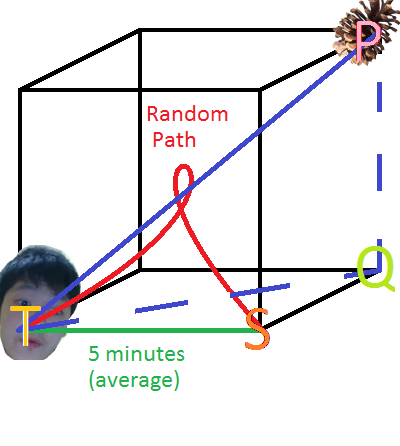SchrodingersFinch
New Member
Case said:A bit of a mathematical problem:
One fine day you visit your favourite restaurant and find out they're having a contest.
They're offering free dinner for a month to anyone who can give the right answer to a certain problem.
Of course you decide to participate, so here's the fun part:
The restaurant just created the first 4-dimensional cake and they ask you what the highest
possible number of pieces is you can get after cutting this 4d-cake ten times (straight cuts i.e. no figure skating with the dimensional blade).
What answer wins you the contest (and how did you arrive at the solution)?
Hint 1:
Hint 2: The answer is neither 36, nor 42, nor 144.
I believe I got it, although my math is a bit rusty.
Let's say we have a D-dimensional cake and we make n cuts creating the maximum number of pieces possible, which is

The D-1 dimensional cuts must cut through each other in way that creates the maximum number of intersections between the cuts.
These intersections divide the cuts into the maximum number of regions. The maximum number of regions is the same as the maximum number of pieces in a D-1 dimensional cake with n-1 cuts, which is

When we make the nth cut it is also divided into the maximum number of regions,

Each region of the cut divides the piece it goes through into two, creating

Therefore,

From this it's easy to construct this table, where we can see that the answer is 386.










